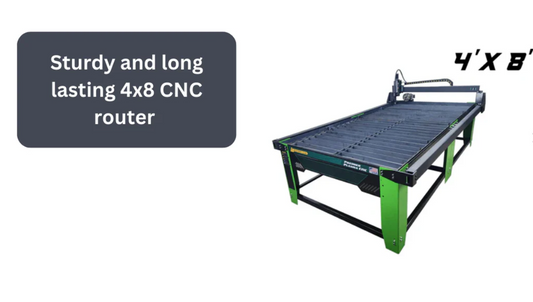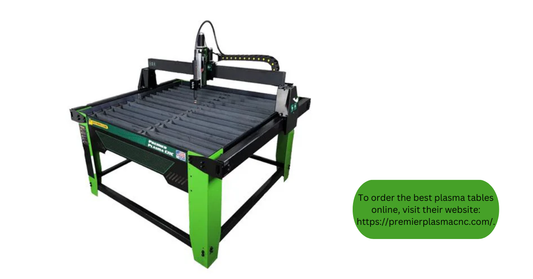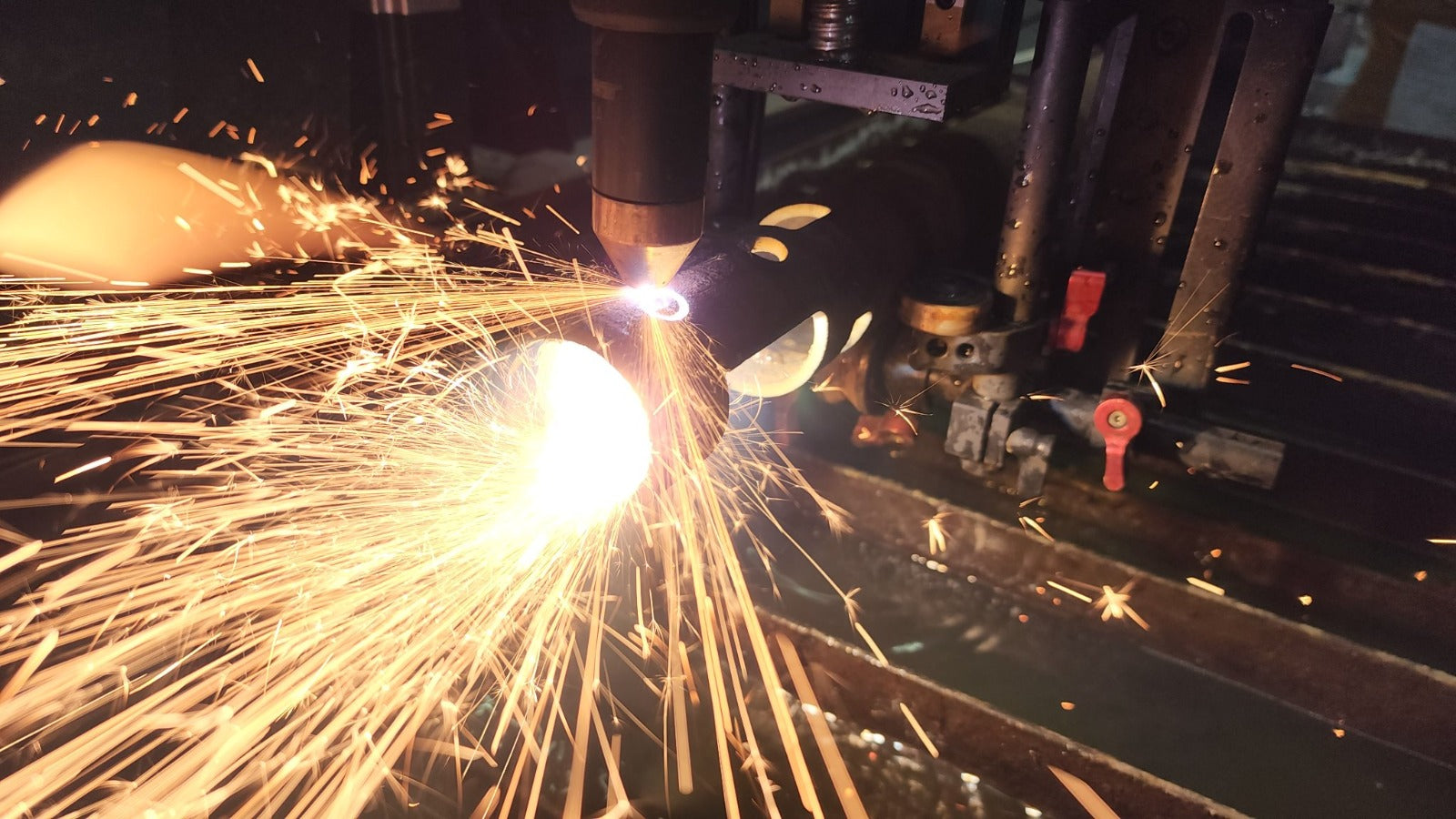Plasma Cutting Safety Guide
Plasma Cutting Plasma cutting (plasma arc cutting) is a melting process in which a jet of ionized gas at temperatures above 20,000°C is used to melt and expel material from the cut. During the process, an electric arc is struck between an electrode (cathode) and the workpiece (anode). The electrode is recessed in a water- or air-cooled gas nozzle which constricts the arc causing the narrow, high temperature, high velocity plasma jet to form.
When the plasma jet hits the workpiece, recombination takes place and the gas reverts to its normal state, emitting intense heat as it does so. This heat melts the metal and the gas flow ejects it from the cut. Plasma gases are usually O2, argon, argon/hydrogen or nitrogen. These inert gases can be replaced by air but this requires a special electrode of hafnium or zirconium. Use of compressed air makes this variant of the plasma process highly competitive with the oxy-fuel process for cutting carbon-manganese and stainless steels up to 20mm thick. Inert gases are preferred for high quality cuts in reactive alloys.
Burn hazards and safety
Plasma cutting is an extremely hot process, with the plasma’s temperature reaching well over 40,000°F. At this temperature, it can effortlessly cut through cloth, skin, and bone. The workpiece and the torch nozzle are hot during cutting and for some time after. Also, hot metal sparks are blown out during cutting. All these constitute serious burn hazards. To protect yourself, you must take the following precautions:
* Avoid shirts that have collars, cuffs, and pockets, as these may catch flying sparks.
* Use a Face shield.
* Clearly Mark the work area, better yet to mark the safe distance on floor with proper marking tools.
* Protect your feet with high safety-shoes.
Fire hazards and safety
The heat and the sparks that fly during cutting constitute fire hazards. The following safety precautions must be taken to avoid a fire:
* keep any flammable materials at a distance of 30 Ft or more from the cutting area.
* wear flame-resistant protecting clothes.
Electrocution hazards
Plasma cutting is an electrical process that involves high voltages flowing from the power source to the torch, from the torch to the workpiece via the plasma, and from the workpiece back to the power source via the workpiece clamp. This process involves much higher voltages than welding, so the following precautions must be taken to avoid electric shock:
* Always set the power source to “Off” before handling the workpiece clamp or disassembling the cutting torch.
*Ensure that the workpiece clamp is securely attached at all times during cutting.
* Ensure that all electrically powered equipment that is damaged or under repair is properly tagged.
* Ensure that all electrical connections are properly grounded.
* Always use the power outlet that matches the rating of the power source.
Eye Damage Hazards
Arc rays create intensely bright light that can easily damage the eyes. Flying sparks can also cause serious damage. To prevent eye damage, you need to observe the following precautions:
* always use a face shield to protect your eyes.
* Protect others by screening off the cutting area.
Fume hazards and safety
Plasma cutting produces smoke, particulate matter, and dangerous fumes such as zinc oxide, and manganese. These cause dangerous side effects such as headaches, nausea, dizziness, shortness of breath, irritation of the eyes, nose, and throat, and many other problems. Long-term exposure can have fatal implications such as cancer and neurological diseases. The precautions that must be taken are as follows:
* Cut in a well-ventilated area.
* Avoid long exposures to cutting fumes.




